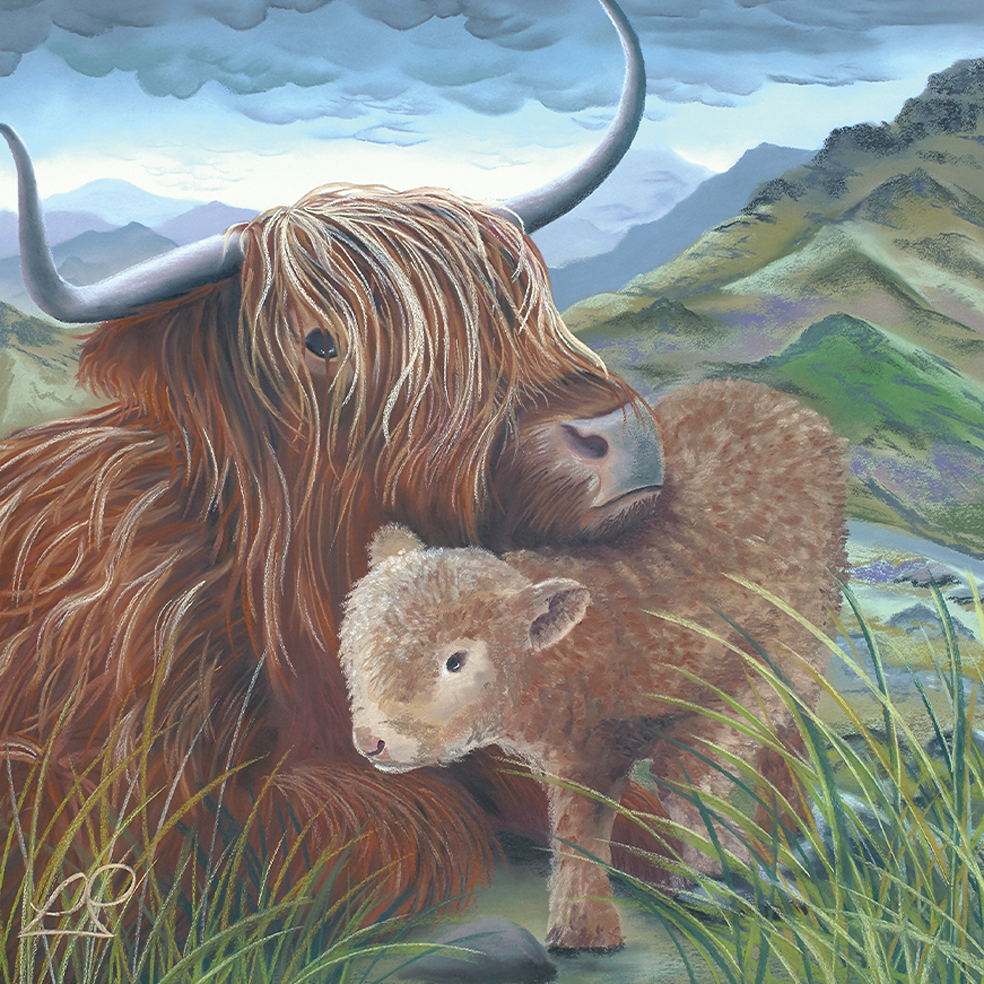
England has a few birds of prey, which all are at risk due to lack of habitat, pollution and road traffic. Also see the post on how to help barn owls (and alll owls in general). Birds of prey simply have hooked bills and sharp talons and feed on small mammals, birds, insects and reptiles. Read the
There are three types: owls (nocturnal birds with large round heads, small beaks and forward-facing eyes), falcons (fast hovering birds with tapered wings and tails and fairly small). And hawks or eagles (larger soaring birds with very large bills and broader wings).
Sparrowhawks have mottled brown/blue/grey white colouring, and can be found in some gardens (take care as they are very predatory on small animals).
Buzzards have brown feathers and broad wings, with short tails. They are often found in grasslands and woodlands and around farms.
Red kites have reddish-brown featheres and black-tipped wings with white under patches and forked towls. They are often found in woods and farms, mostly in southeast England.
Kestrels have small grey heads and tails with ginger backs and speckled bellies. They are common on grasslands and heathlands.
Peregrine falcons have slate-grey colours with white throat/cheeks, a ‘black moustache’ and are often found in towns and by coastal cliffs. Common up north and in southwest England.
Hobby is a small bird (again with a ‘black moustache’ and slate-grey feathers with black streaks and ‘red trousers!’ Common on heathlands and wetlands in the south.
Merlin is blue-grey and cream (male) or grey-brown (females) and common on English moors and coastal marshes.
Hen harriers are medium brown streaked (females) or blue-grey with black wingtips (male) and often found on heathland, farmland and by the coast (they occasionally breed on upland moors).
how to protect prey animals from birds of prey
This happens more in North America due to larger species, but it’s important to keep small dogs and rabbits etc safe, especially as wild birds lose their natural hunting habitats.
Keep dogs indoors at night (and supervise while outside at night as birds are less likely to attack if humans are nearby). Again supervise small animals like rabbits/guinea pigs when outside, and keep them inside at night (read info on why they hutches should be bigger than most brands sold). If you do see a bird of prey circling or attacking a domestic pet, official advice is to approach the pet while yelling and making loud noises (an immediate vet visit if attacked, as wounds could become infected).
how to help injured birds of prey
Tawny owls should be observed, as often parents are nearby (or place safely in a high tree branch). Barn owls on the ground need help, so call your nearest wildlife rescue (or Raptor Rescue) for help and advice. Wear gloves (or a thick towel on your hands) before placing owls in ventilated boxes (no tassles on towels) as they can scratch.
You can also place little owls in nests or close by. Grasp gently (the feet are more likely to get you than the beak!) Then keep in a quiet area at room temperature until help arrives.






